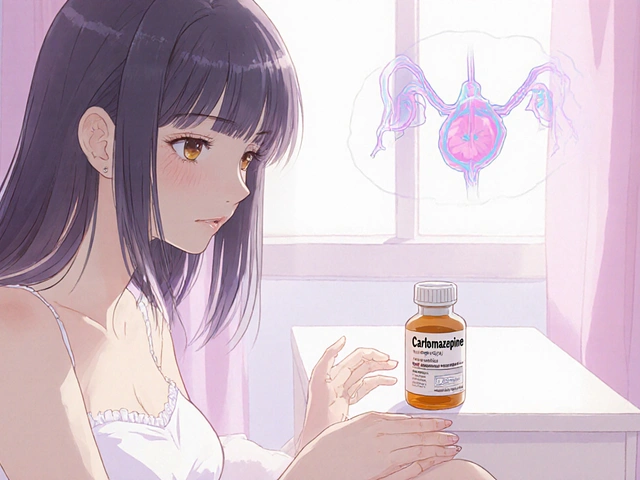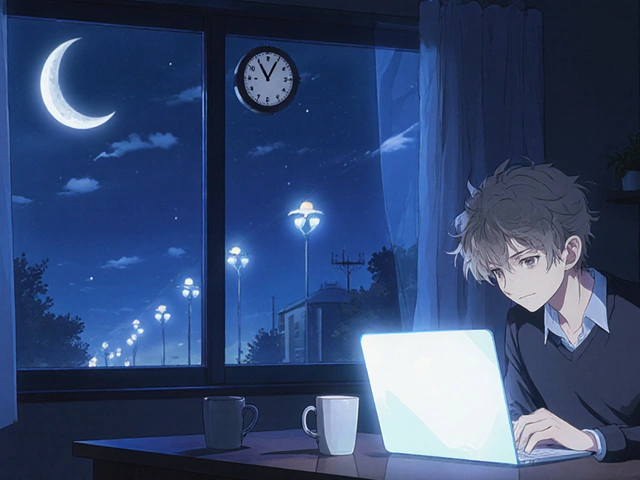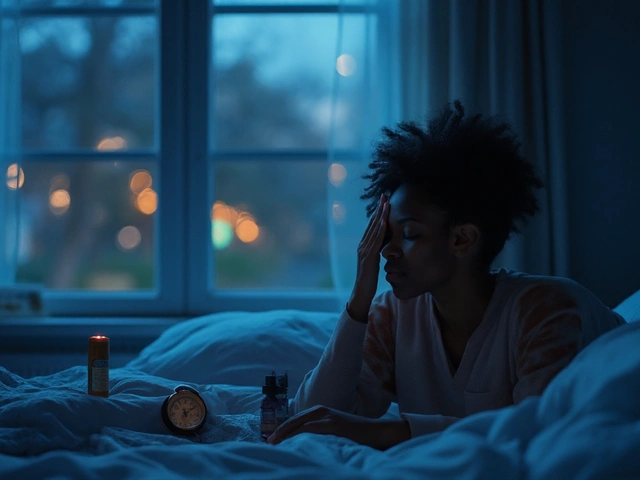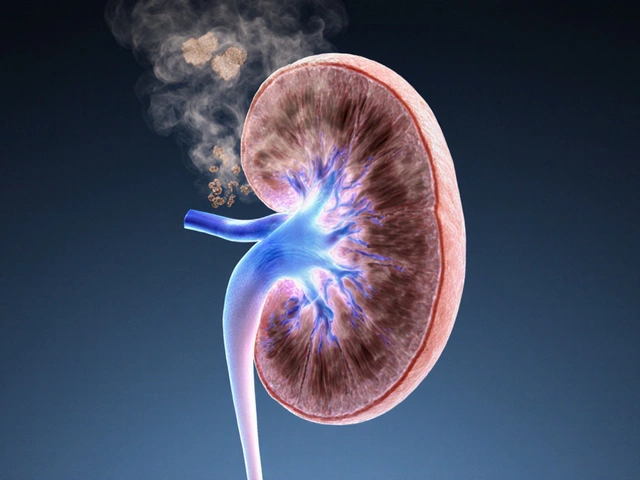Noroxin (Norfloxacin) – Quick Guide to Uses, Dosage & Safety
If you’ve been prescribed Noroxin, you probably want to know what it does and how to use it safely. Noroxin is a brand name for norfloxacin, an antibiotic that fights bacterial infections. It’s most often used for urinary tract infections (UTIs) and certain types of gastro‑intestinal infections. Below you’ll find the basics you need to feel confident about taking this medication.
How to Take Noroxin
Take Noroxin exactly as your doctor told you. The usual adult dose for a UTI is 400 mg twice a day, taken at least 12 hours apart. Swallow the tablets whole with a full glass of water—don’t crush or chew them. If you have a kidney problem, the doctor may lower the dose, so always follow the prescription label.
Food can affect how Noroxin works. A full meal or a dairy product can cut the amount your body absorbs, making the drug less effective. To get the best results, take it either one hour before or two hours after eating. If you forget a dose, take it as soon as you remember—unless it’s almost time for the next dose. In that case, skip the missed one; don’t double up.
Common Side Effects and When to Call the Doctor
Most people tolerate Noroxin well, but some side effects are pretty common. You might notice stomach upset, nausea, or mild diarrhea. These usually go away on their own. If you get a rash, itching, or any swelling of the face, lips, or tongue, stop the medicine right away and seek medical help—these could be signs of an allergic reaction.
More serious, though rare, side effects include tendon pain or swelling, especially around the shoulder, knee, or Achilles tendon. This is a red flag for tendonitis or even a tendon rupture. If you feel sudden, sharp pain in a tendon, stop the drug and call your doctor. Also, watch for signs of nerve problems like tingling, numbness, or weakness in the arms or legs; report these immediately.
Remember, antibiotics don’t work on viral infections. If you start feeling better before finishing the full course, still take all the pills. Stopping early can let the bacteria survive and become resistant, making future infections harder to treat.
Other things to keep in mind: avoid using Noroxin if you’re pregnant or breastfeeding unless your doctor says it’s essential. Also, stay well‑hydrated while on the medication; drinking plenty of water helps flush the drug through your system and reduces the chance of kidney irritation.
Drug interactions matter, too. Noroxin can interact with drugs like theophylline (used for asthma), certain antacids containing aluminum or magnesium, and some anti‑inflammatory medicines. Let your doctor know about every prescription, over‑the‑counter, or herbal product you take so they can adjust doses or pick a safer alternative.
In short, Noroxin is a useful antibiotic when used correctly. Stick to the dosing schedule, take it on an empty stomach, watch for side effects, and keep your doctor in the loop about other meds. Doing these simple steps helps you get rid of the infection fast and lowers the chance of complications.

Noroxin (Norfloxacin) Uses, Side Effects, Dosage, and Safer Alternatives in 2025
What Noroxin (norfloxacin) is, who should and shouldn’t use it, 2025 availability, dosing, major risks, interactions, and safer antibiotic alternatives.




